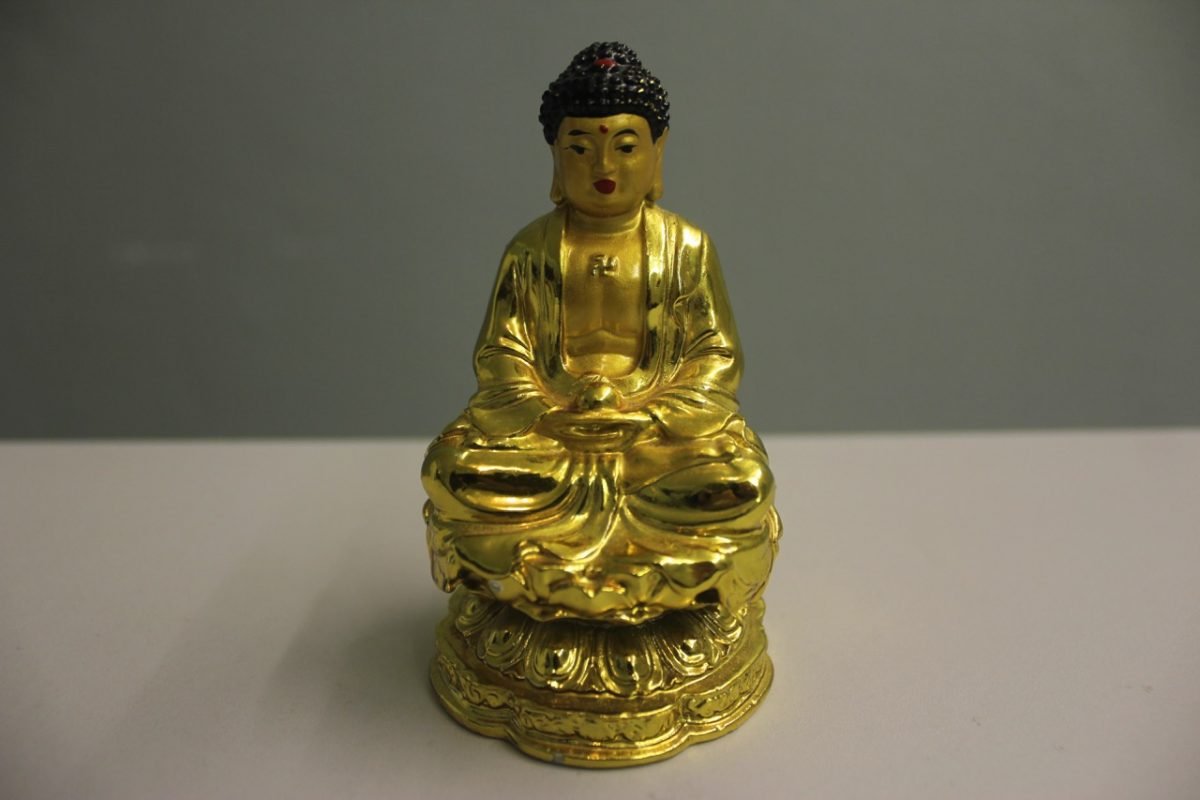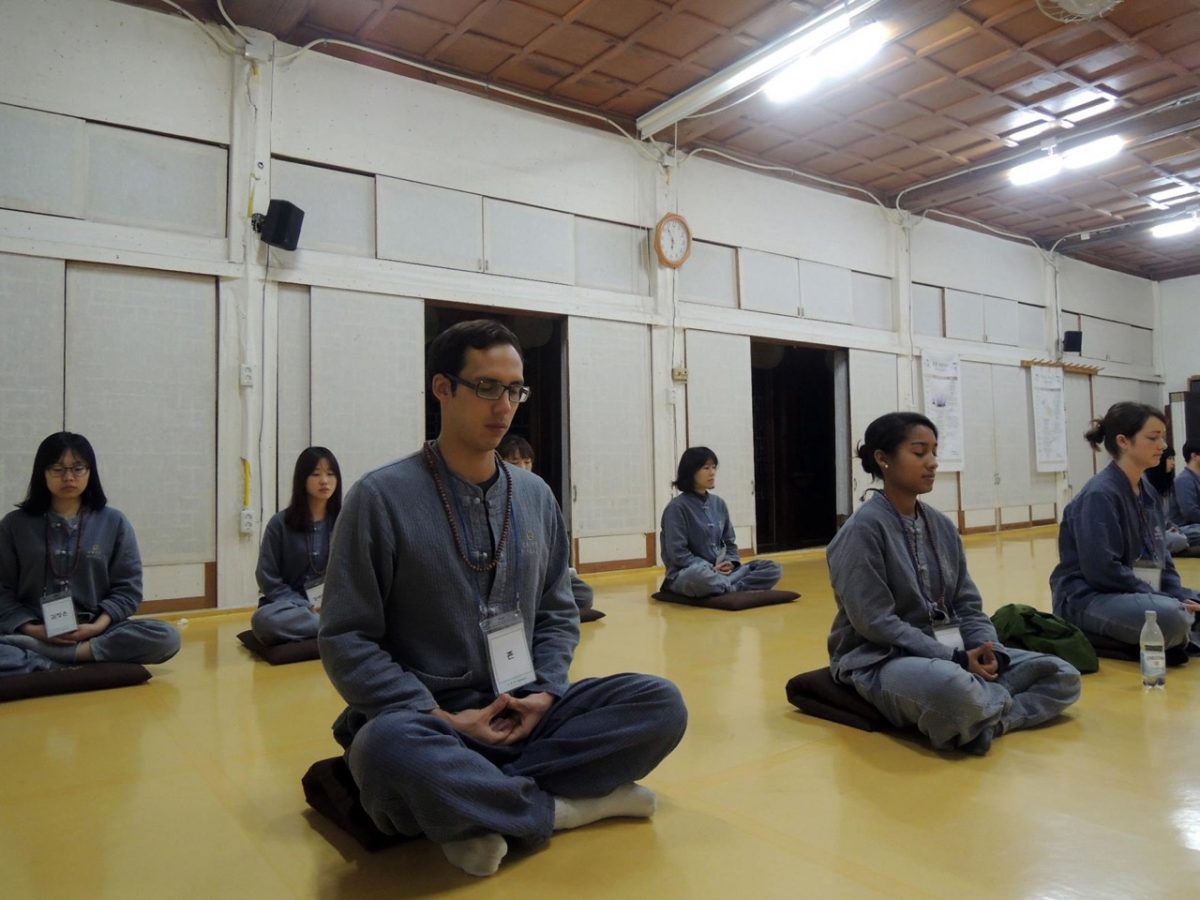How To Meditate: A Beginner’s Guide
You’ve realised that meditation really might change your life, but have no idea how to do it or where to begin. You’re in the right place, this is a short guide to help get you started and tell you what you should actually be doing when you’re sat with your eyes closed…
- Many people find it easier to start by using guided meditations. Guided meditations are useful in that you will have someone telling you what you should be doing as you go along, almost like a class. Check out – The Best Free Guided Meditation Resources Online
Make Time To Meditate
Firstly, you need to have time to meditate. As obvious as this sounds it’s easy to get caught up in the momentum of your day and never manage to find time. So pick a time in your schedule that suits you… first thing in the morning, before dinner, before bed, 8pm… whenever… but choose a time and stick to it.
Make It Easy To Begin With
Decide in advance how long you will meditate for and stick to it. Don’t be a hero in the beginning! As much as you might like the idea of sitting down to meditate for an hour everyday, are you realistically going to be able to keep it up? Any long term meditator knows that the more consistent your practice, the greater the benefits. Choose a length of time that you can definitely fit in. It’s better to meditate for 10 minutes a day than an hour once a week. If you’ve never meditated before I’d recommend starting with 5 minutes. If that’s still too much, just do 2! But get your habit going. Once you’ve cemented the habit, you can always increase your time bit by bit.
Free Yourself Of All Distractions
A big part of meditation is the practice of focus and concentration. Needless to say if your phone is ringing or the TV is on in the background it’s not going to help. Switch your phone off, switch your computer off, switch anything off. Don’t worry, the world won’t stop turning without you being distracted for a few minutes. Tell anyone you are living with that you would appreciate being left alone without distractions for the duration of your meditation. A sign on your door, whether that be a ‘do not disturb’ or even something as simple as a sock on the door handle will do the job so long as it’s understood that you want to be left alone.
Make Yourself Comfortable
Put a couple of cushions or pillows on the ground and sit cross legged. Your bottom should be raised slightly off the ground and higher than your feet. You shouldn’t feel uncomfortable, meditation isn’t about withstanding torture or being able to do the full lotus. You should be able to sit up straight comfortably, with your vertebrae stacked. If you have knees that are prone to getting sore easily then you can sit on a stool or chair, but your upper body should be freestanding without your back resting against the back of the chair.

Perfect posture, as you’d expect from the Buddha. Don’t worry about sitting on a lotus flower, some cushions will do.
Settle Yourself
Sitting quietly by yourself with no form of external stimulation may feel uneasy at first. Most of us are so used to some form of sensory stimulation in one form or another that once we are alone without distraction our mind will start to run and look for something to amuse it. Just be clear on why you have set aside time for this and have a timer set and ready for your designated window.
Sit up straight, float the crown of your head up high and relax your shoulders. Release any tension in your face and tuck your chin in just slightly so that your gaze isn’t floating upwards. Rest your hands somewhere comfortable. Close your mouth, breathe through your nose.
Take a few slow, deeps breaths and settle yourself. Relax every muscle in your body and let go of any tension you are carrying. Listen to the sound of the present moment and allow yourself to be there. Start your timer and gently close your eyes.
Meditate
Allow your breath to flow naturally. Don’t try to control it, just let it flow how it wants to flow. If your breath is shallow and short, let it be shallow and short, if it is deep and long, allow it to be so. Just observe without any effort or control.
Focus on your breath going in and out. Focus on the sensation of the air coming in and going out where you can feel it most clearly. It might be the touch of the air coming in and out on the tips your nostrils, or your diaphragm rising and falling. Wherever is easiest for you to fix your attention on the cycle of your breath, anchor your attention there and just observe.
Inevitably, thoughts will arise, and your mind will wander. When you notice this has happened, just take note of it and return your attention to your breath. Don’t feel disheartened or disappointed that your mind has wandered, this is what all minds do. When you realise that your mind has wandered or thoughts have arisen, just gently, smilingly, bring your attention back to your breath. This is the mental action you want to practice: becoming aware of where your mind is and bringing your attention back to where you want it to be. This is a skill that will help you in innumerable situations in your day to day life. With practice and improved concentration you will be able keep your attention where you want it for longer and longer periods of time and will be quicker to notice when your mind goes walkies.
Remember not to feel anything negative when you realise your mind has wandered, just observe… this is the practice. Smile at your wandering mind and bring it back. As many times as your mind wanders, patiently, persistently and diligently bring your mind back to your point of focus: the breath.
If you realise your posture has gone awry; your shoulders tightened, your back slouched, or your face tightened, just gently reset yourself.
Take Your Awareness With You Outside of Your Formal Practice
When your timer signifies the end of your practice, slowly open your eyes, stretch, and continue your day bringing the awareness from your meditation with you. The aim of meditation isn’t to become skilled at watching the breath for 20 minutes a day, it’s to become more relaxed and aware and to have more ownership of our minds and lives. So take the awareness with you and whenever you see your mind somewhere it doesn’t need to be or your body tightening up… breathe.






Jota Ere cambio su nombre aqui. no anonimo 🙂
Hi I very much want to learn to meditate. I’m reading this through my Kindle. I can’t get any of the meditations to play. Do I need a specific device to use these medications? Advise? Thanks in advance. Gail Freindlich. [email protected]
Hi Gail, thanks for visiting the site. Could you tell me specifically which meditations you are trying to play? Then I will be happy to offer my help 🙂